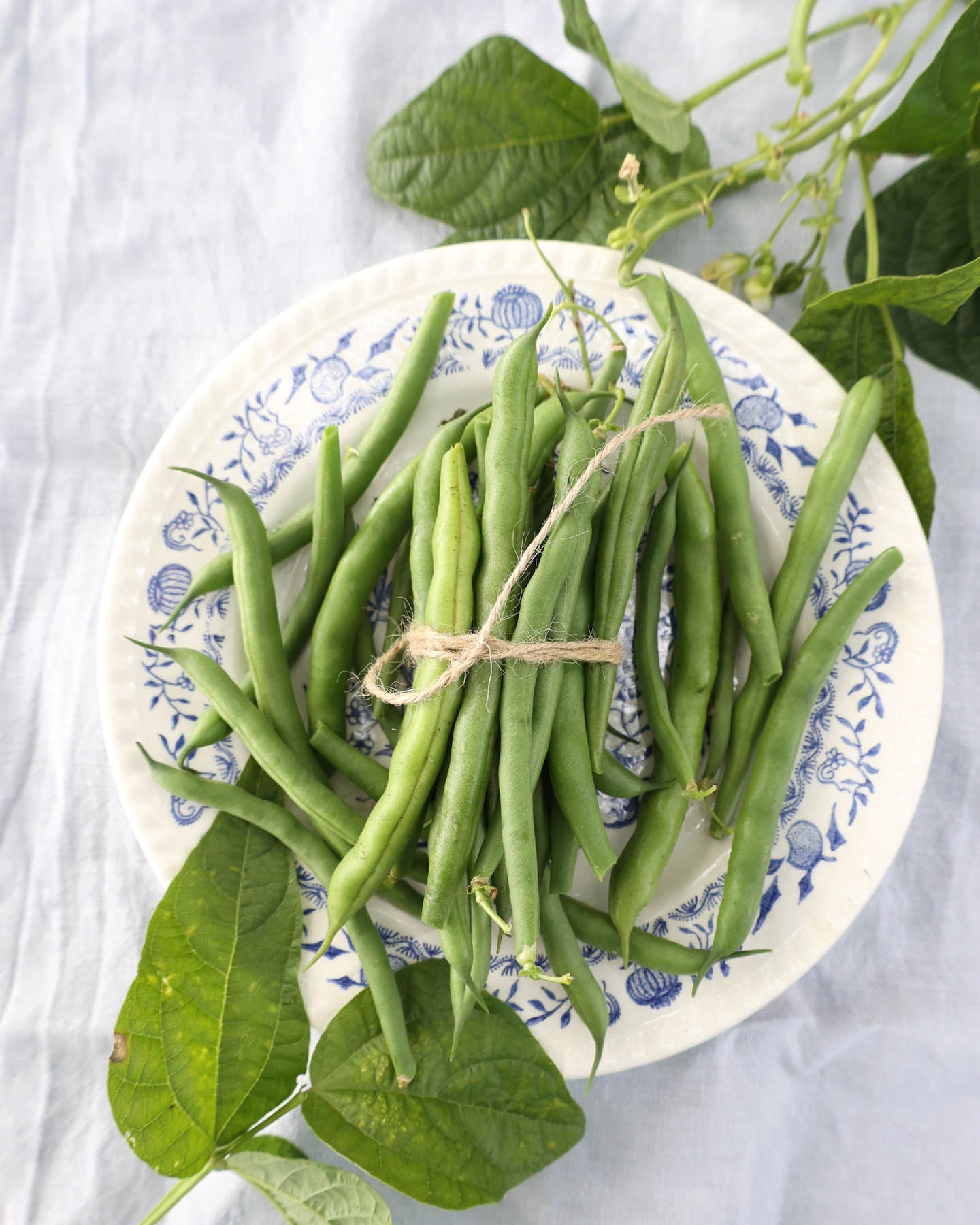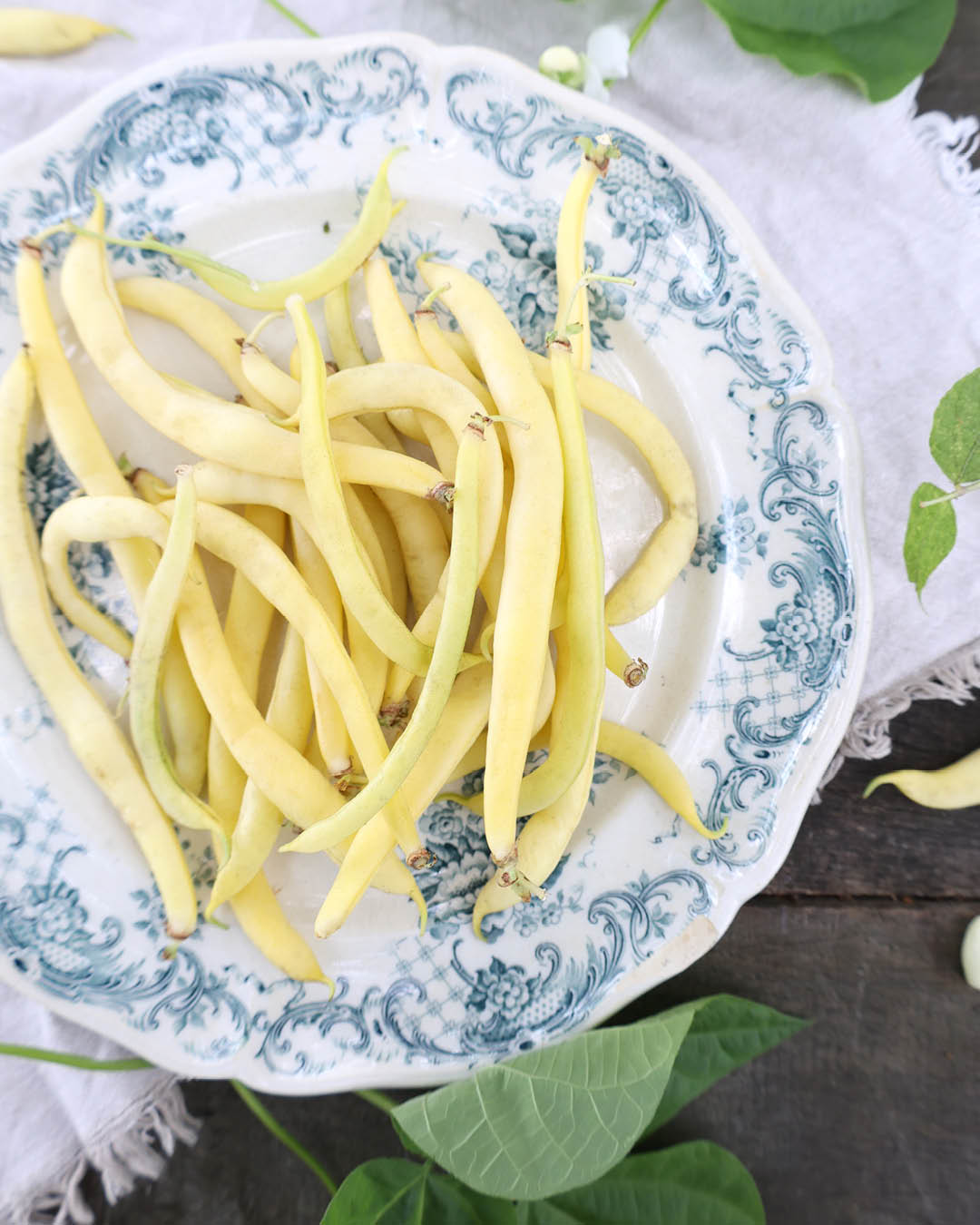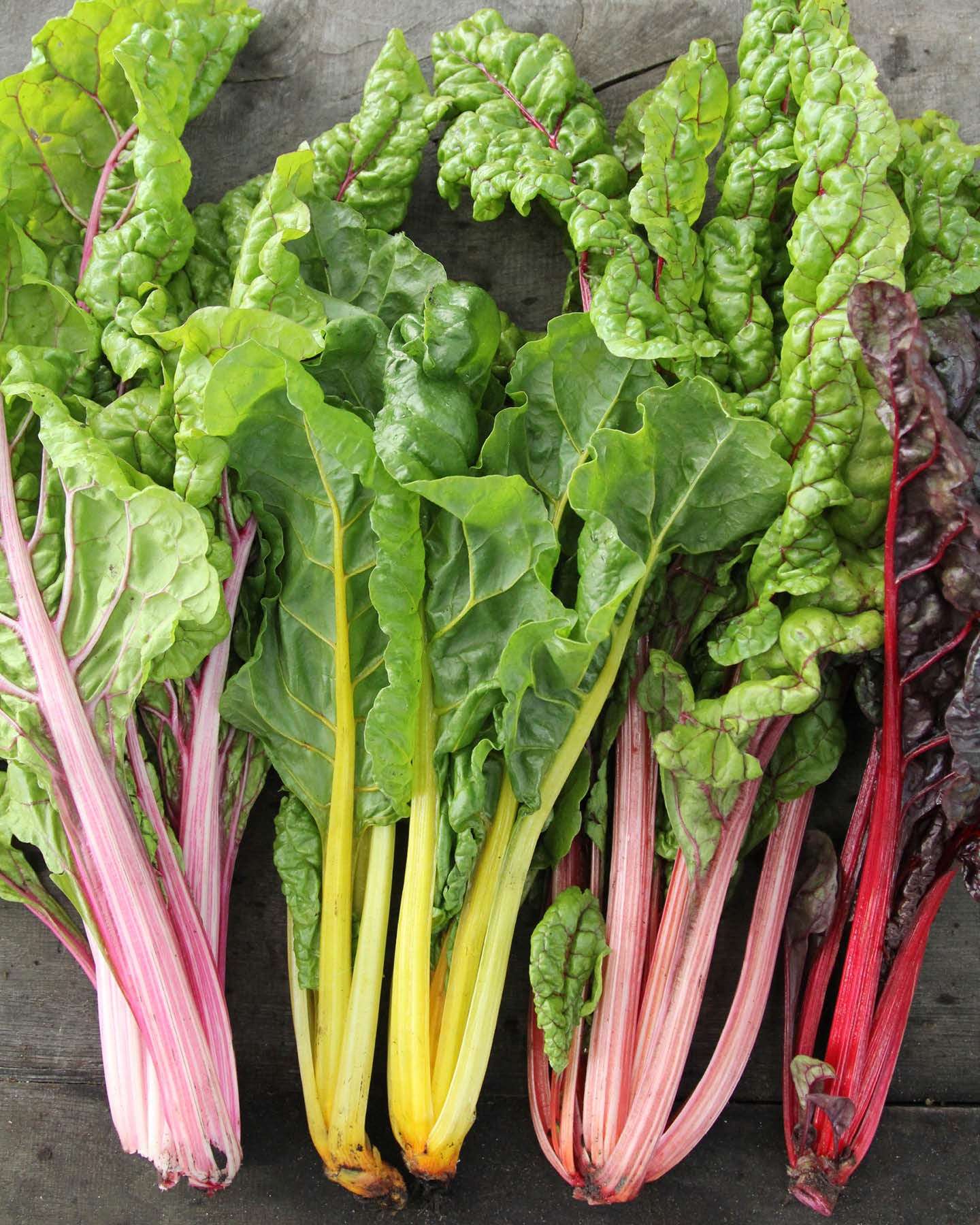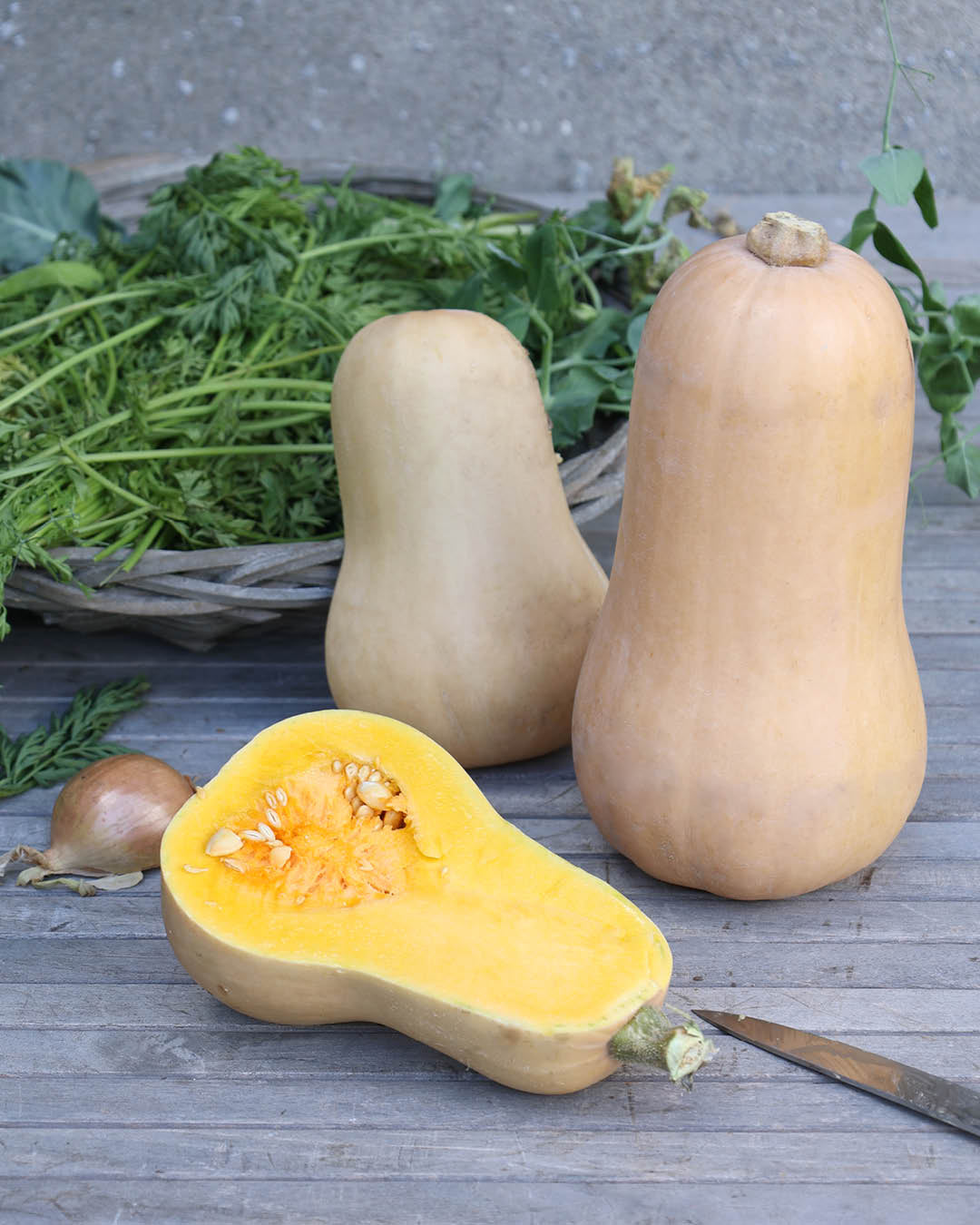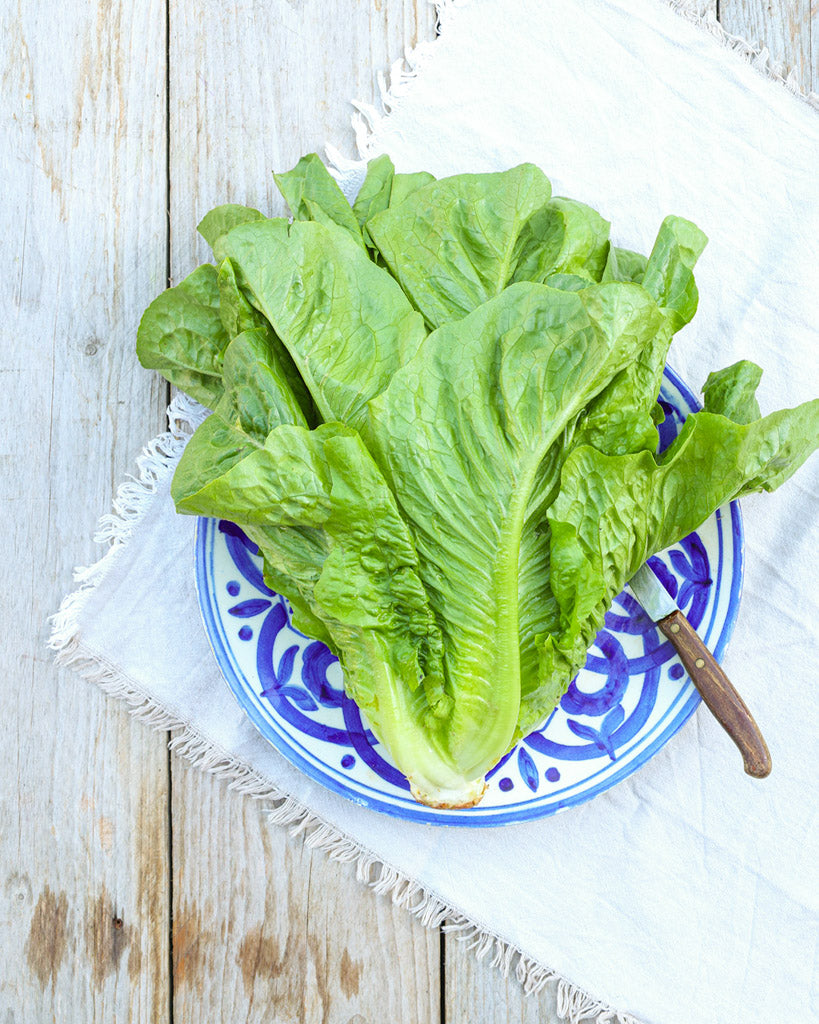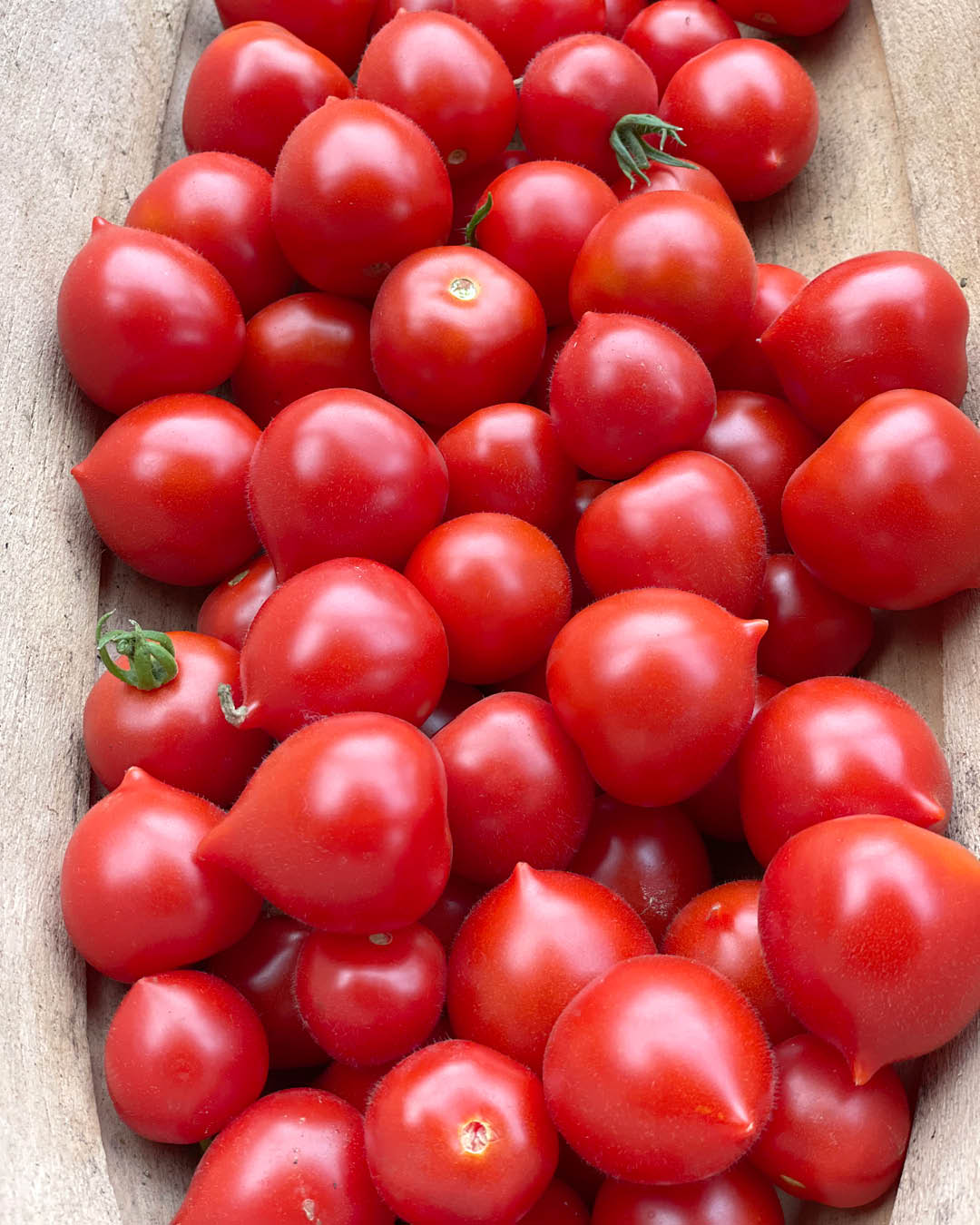Planting, caring for and harvesting beans (Phaseolus vulgaris) – Tips for bush beans and runner beans
Beans are among the easiest and most productive garden vegetables to grow—ideal for beginners and self-sufficient gardeners alike. Whether compact bush beans or space-saving pole beans that grow up trellises, both types of beans are easy to grow and provide aromatic pods for the kitchen for weeks. The common bean (Phaseolus vulgaris) impresses with its rapid germination, good soil tolerance, and wide variety of varieties—from pale green to purple to yellow. In this article, you'll learn everything you need to know about growing, caring for, and harvesting bush and pole beans in your own garden.
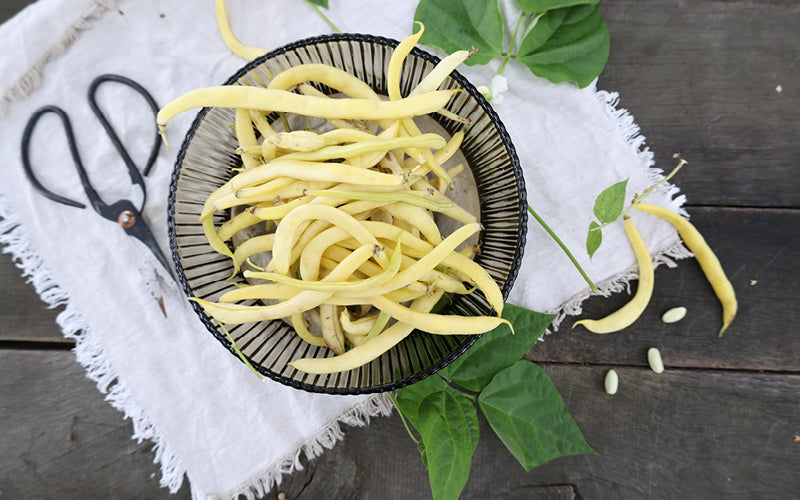
Planting time – When is the right time?
Beans are among the heat-loving vegetables and should not be sown too early. The ideal period is between mid-May and mid-July, as soon as night frosts are no longer expected. Young plants do not tolerate temperatures below 5 degrees Celsius well. Those who want to start earlier can start under glass or in a protected cold frame as early as April. When sowing in May, protection with film or fleece is recommended to raise the soil temperature and promote germination.
Growing beans – How it works in the garden
When growing bush beans, rows are sown 8 to 10 centimeters apart. The seeds are sown about 3 centimeters deep in the soil—it's important that they are not placed deeper, as they need oxygen to germinate. Water thoroughly after sowing.
Pole beans require support for climbing. Plant 6 to 8 bean seeds per pole or trellis in a seed hole. The distance between the poles should be about 60 centimeters, and the rows should be about 1 meter apart. Here, too, keep the soil evenly moist without creating waterlogging. Hilling the plants in the early stages can promote root growth and ensure greater stability.
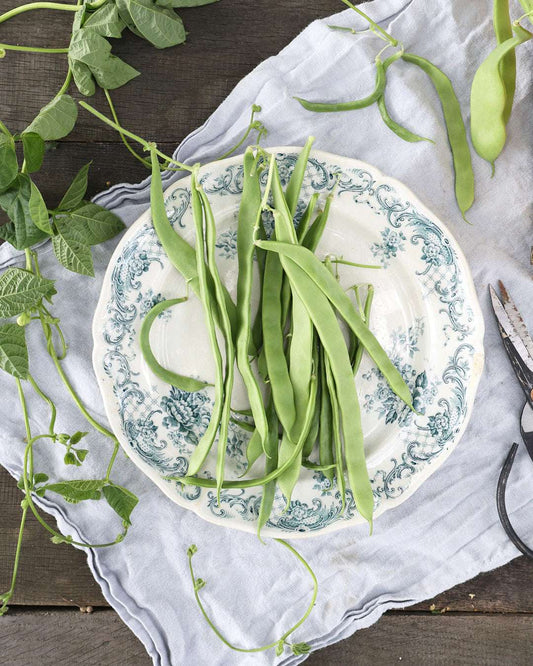
Bean Pole bean 'Helda' – Phaseolus vulgaris
The 'Helda' runner bean is a robust, broad-podded sword bean suitable for both greenhouse and outdoor cultivation. Its 24-26 cm long, light green pods have a good flavor. The harvest is high-yielding, medium-early, and long-lasting. When harvested at the right time, the 'Helda' runner bean is stringless. Cooked with savory, the beans are particularly aromatic.
Our high-quality organic vegetable seeds are grown according to the strictest organic standards for a sustainable and healthy harvest.
Details:
Sowing indoors/greenhouse: From May
Sowing outdoors: May - June
Germination time: 20-30 days at 8-12°C
Sowing depth: 2-3 cm, dark germinator
Height: approx. 2.5 m
Planting distance: 50 x 30-40 cm
Harvest time: July to October
Soil: Deep, humus-rich soils
Fertilization: Organic fertilizer or compost
Location: Sunny
Water consumption: High
Growing tips:
Pole beans don't have particularly demanding soil requirements. It should be deep, loose, and well-drained. Ideally, they prefer a sunny to partially shaded location, and can also be planted in a large pot on a balcony or terrace.
Before sowing, the trellis must first be erected. Ideally, the distance between the poles should be 60 cm. Then, 4-5 bean seeds are placed around the poles.
Because beans are very sensitive to cold, sowing outdoors should only take place after the last night frosts, starting in mid-May. To encourage an earlier harvest and prevent bean fly infestation, the beans can be started in the greenhouse as early as April.
Between flowering and fruit set, the plants should be kept well and evenly moist, and the soil should be loosened regularly. This allows for improved water absorption and prevents weed growth and the establishment of pupae and root pests. Training is not necessary; the beans will wrap themselves around the trellises themselves. Particularly long shoots can be cut at a height of 2 meters, which encourages the plant to branch out more and form more pods. Regular harvesting promotes the formation of new fruit pods.
After harvesting, the plant should be cut above the roots and its roots should be left in the soil, as they enrich the soil with nitrogen as they decompose.
Mixed culture:
Good neighbors: savory, potatoes, dill
Bad neighbors: onions, leeks, peas, fennel, garlic
Use:
The beans taste best when freshly harvested, although they should always be eaten cooked. After cooking, they retain their vibrant green color if briefly blanched in ice water. They can be enjoyed warm or dressed cold in a salad.
Bag contents:
approx. 22 grains
Store in a cool, dry place.
Growing beans – how does it work?
To grow bush beans, create rows of seeds 8 to 10 centimeters apart and sow the seeds to a depth of no more than 3 cm, as the seeds need oxygen to germinate.
For runner beans, place 6 to 8 seeds in each hole beneath a stretched iron mesh or pole. The poles should be spaced 60 cm apart, and the rows one meter apart. To keep the soil moist, water the plants well. Mounding the soil can also help the beans thrive.
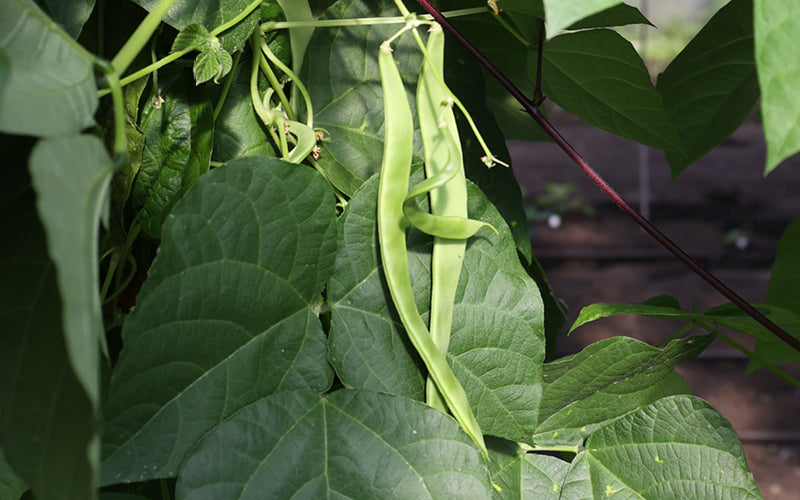
Location – Where is best?
Beans are sun-loving plants that thrive best in humus-rich, light soils in sheltered locations. Like all legumes, beans fix a lot of nitrogen in the soil because they form a symbiotic relationship with the nodule bacteria. Therefore, they require little or no nitrogen fertilizer.
Harvesting early-sown bush beans usually begins in July, while runner beans may be harvested somewhat later depending on the variety. Regular picking encourages the growth of new flowers and pods, significantly extending the harvest time. Harvesting is best done in the morning when the plants are still fresh.
After harvesting, fresh beans can be stored in the refrigerator for a few days or frozen raw – it is best to blanch them briefly beforehand to preserve their color and aroma.
Mixed culture – Which neighbors go well with beans?
Beans thrive in mixed crops. Particularly suitable neighbors include cabbage, lettuce, cucumbers, celery, and strawberries. Corn also offers a natural support for runner beans. Onions, leeks, and garlic are less suitable – they can inhibit the root growth of the beans.
Botany – What are bush and runner beans?
Both belong to the species Phaseolus vulgaris and are part of the legume family. While bush beans grow low and compact, making them ideal for smaller beds or window boxes, pole beans grow several meters tall and require a sturdy trellis. Botanically speaking, beans are legumes, with both the pod and seeds being edible. There are many varieties with green, yellow, or purple pods that differ in flavor, harvest time, and height.
Variety tips – Which beans are recommended?
For bush beans
- Saxa: early variety, tender and productive
- Maxi: long, slender pods, resistant to grease spot disease
- Purple Teepee: decorative, purple pods with a delicate flavor
For runner beans
- Neckargold: yellow pods, stringless, very aromatic
- Blauhilde: purple pods that turn green when cooked
- Cobra: threadless, long green pods, very productive
Cultural history – Since when have we been eating beans?
The common bean originates from Central and South America and was already cultivated by the Incas and Aztecs. It came to Europe with the explorers in the 16th century and quickly became an important part of peasant cuisine. Today, it is an indispensable part of European vegetable cultivation – not only because of its versatility, but also because of its beneficial effect on soil quality through nitrogen fixation.
Harvest – What should you consider?
Harvesting typically occurs two months after sowing, meaning from July to October for most varieties. Fresh bean seeds, however, require three months to harvest. You can tell when pod beans are ready to be harvested by the initial appearance of the seeds. You can harvest bean seeds as soon as the pods turn yellow. Do not damage the shoots during harvesting, as this can cause stunted growth. Tip: Early and frequent picking promotes fruit set!
Bush beans are exhausted after three to four pickings, whereas pole beans can be harvested more often.
The seeds and pods contain toxic protein compounds (phasin) that are only destroyed during cooking. Therefore, they should never be eaten raw!

Mixed culture – What are good neighbors?
Tomatoes, corn, carrots, radishes, savory, strawberries, and endive are good partners for beans. Peas, chard, onions, and fennel are not recommended as partners.
Botany – What kind of plant is this?
The bean belongs to the Fabaceae family. The term "bean" encompasses the plant, seeds, and pods. These are all annual plants, with the exception of the runner bean, which can be cultivated perennially with appropriate root protection.
The leaves are trifoliate, with lateral shoots emerging from their axils. The pole bean can grow two to four meters tall. The bush bean has limited longitudinal growth, does not twine, and only grows to a height of 30 to 60 cm.
The pods vary greatly in shape and can be flat or round in cross-section. Their color can be green, yellow, blue, purple-striped, or marbled black. They usually range in size from 5 to 25 centimeters.
Bean plants pollinate themselves, although cross-pollination is also possible.
In the tropics, beans play an important role as a staple food because of their high protein content.
Cultural history – How did the bean come to us?
The bean plant originated from the early agricultural practices of the advanced civilizations of Central America. The Aztecs, Incas, and Mayans cultivated the common bean using artificial irrigation around 8,000 years ago.
Archaeological finds from South America also prove the cultivation of beans together with maize, predominantly by the Indians.
It wasn't until the 16th century that the Spanish brought green beans from South America to Europe. At that time, the "broad bean" and a bean variety from Africa were already known in Europe.
Because the imported common bean required less heat than the African variety, it spread very quickly throughout Europe. In cooler regions, the green pods were more commonly eaten, while in southern Europe, the dried beans were more popular.
Today, the bean is an integral part of European vegetable culture and offers a wide range of possibilities for preparing delicious dishes.

